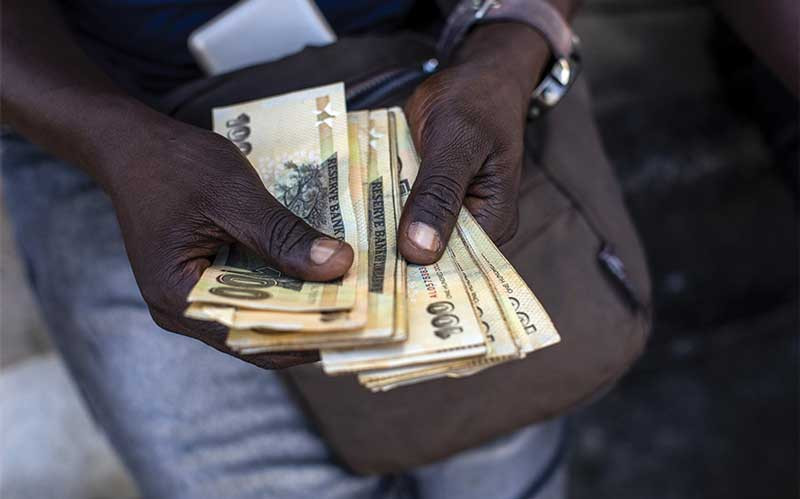
The United States dollar (US$) breached the 30 000 mark against the Zimdollar on the alternative and thriving parallel market with bureaucrats watching, hoping it will “self-correct”.
The sharp depreciation should not have come as a surprise with the redollarisation juggernaut rolling with eight out of 10 transactions being carried out in the greenback as the Zimdollar quickens its way out of circulation, taking a cue from a good dancer who knows when to exit the stage.
What should worry authorities is that the depreciation has continued even as the 2024 tobacco marketing season is underway when more money is supposed to be injected into the economy to buy the golden leaf, one of Zimbabwe’s single largest foreign currency earners.
This points to the challenges the soon-to-be unveiled structured currency will face and monetary authorities will find themselves at the deep end.
The currency Zimbabwe needs is confidence and no amount of modifying currencies can be a perfect substitute for that.
It is our politics which is the elephant in the room.
Since the disputed elections last year which several observer missions said failed to meet the minimum requirements for a free, fair and credible election, the local currency has been under pressure.
The dispute killed the confidence required to stabilise the local currency. Monetary authorities have rolled out several measures which are hindered by the absence of confidence.
- Village Rhapsody: How Zimbabwe can improve governance
- Village Rhapsody: Engage men to end gender-based violence
- Village Rhapsody: How Zimbabwe can improve governance
- Zim maize output to drops by 43%
Keep Reading
The bilateral dispute between Harare and Washington will worsen the already dire situation.
Last month, the United States designated 11 individuals, including President Emmerson Mnangagwa, and three entities under the Global Magnitsky sanctions programme for their involvement in corruption or serious human rights abuses.
Confidence in an investment destination is dented when the chief executive of a country — President — is placed under sanctions for allegedly abetting corruption.
Government needs to wake up from its deep slumber and work on confidence building.
Monetary and fiscal authorities require an enabling environment to come up with policy measures that stabilise prices and fuel economic growth.
In its report after the annual Article IV consultation, the International Monetary Fund (IMF) said the local currency instability had intensified with the exchange rate depreciating by about 95% between December and February. The instability, IMF said, was attributable to sentiment.
However, monetary and fiscal authorities should also take the flak for projecting a rosy picture when indicators are pointing to a gloomy outlook. There is no point in continuing to harp that zvakarongeka (it’s all in order) when the local currency is on its way to the grave.
Which boxes are they ticking when 80% of transactions are being conducted in US$ and government institutions like State universities are now demanding a portion of fees in that currency?
They are living a lie, and this illustrates that this administration is in cloud cuckoo land. The misfortunes that befell the bond note and the Zimdollar will also bedevil the much-hyped structured currency.








